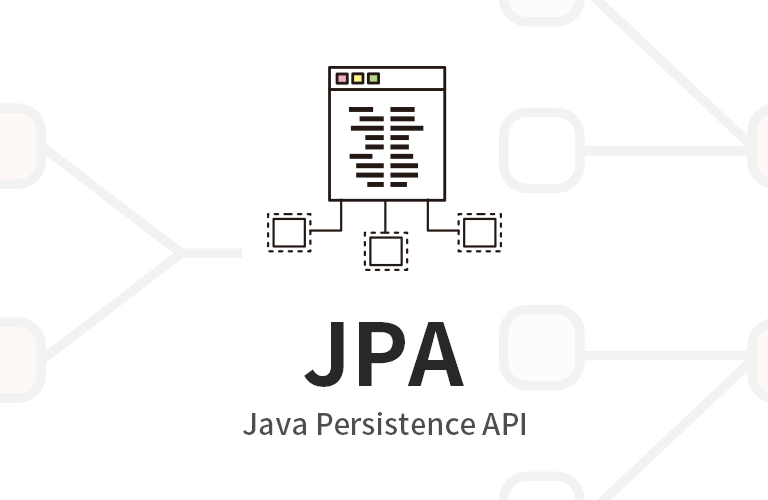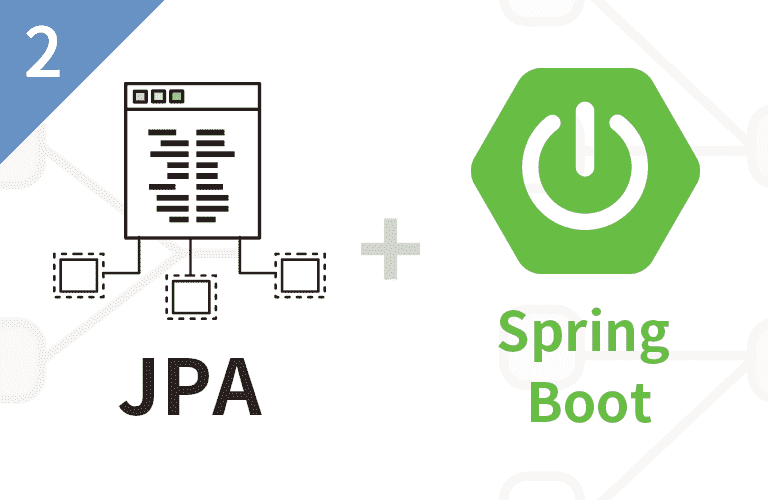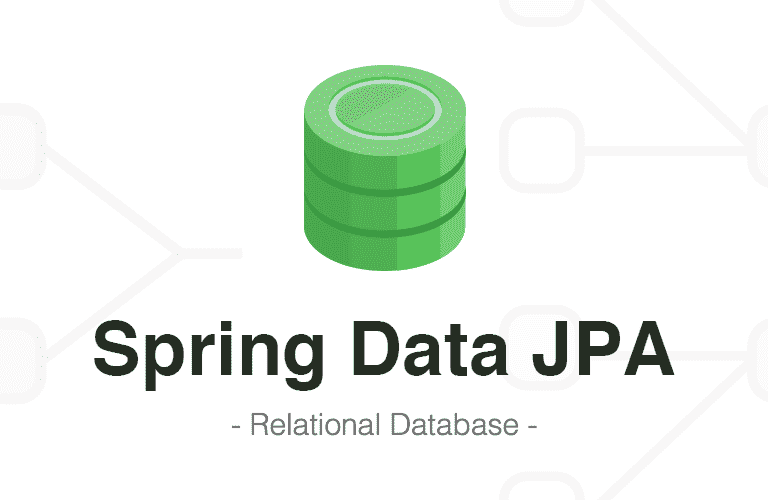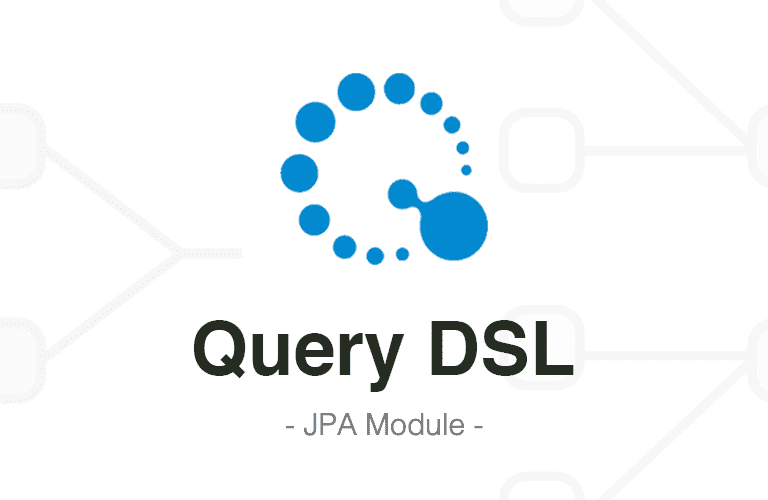

Java ORM Standard JPA Programming - Basics
For those who are new to JPA or who use JPA in practice but lack basic theory, By learning the basic theory of JPA solidly, even beginners can confidently use JPA in practice.

This course is prepared for Basic Learners.
What you will learn!
You can build a solid foundation for the fundamentals of JPA.
You can understand the internal workings of JPA.
You can properly design and map objects and DB tables.
You can use JPA confidently in practice.
JPA can be used confidently in practice!
Take your first steps into the unique JPA fundamentals.
🚩 This course is a roadmap course.
- This lecture is the first lecture in the Java backend development practical course. If you are curious about the entire course structure, please check the Spring Boot and JPA practical complete conquest roadmap first. (Link)
Java ORM Standard JPA Programming - Basics
To store objects in a relational database, developers have to write a lot of code and SQL. For example, from simple tasks such as converting objects to SQL to complex tasks such as storing the object's inheritance structure in a table, developers have to write countless mapping codes and SQL directly between objects and the database.
JPA, the Java ORM standard, helps you store objects directly in a database without writing SQL , and also bridges the gap between object and relational databases .
What is the Java ORM standard JPA?

JPA
- Java Persistence API
- ORM standard technology in the Java camp
ORM
- Object-relational mapping
- Objects are designed as objects, and relational DBs are designed as relational DBs.
- ORM frameworks map in the middle
- When you save an object to an ORM framework, the ORM framework generates SQL to manage the object in the DB.
- Most popular languages have ORM technology.

Why use JPA?
- From SQL-centric development to object-centric development
- Increase development productivity
- Convenience of maintenance
- Resolving paradigm mismatch
- Performance Improvement
- Data access abstraction and vendor independence
- Java ORM standard technology
Online lectures
Why I started
I have introduced JPA to various practical projects so far. I have designed and developed everything from simple web services to order-payment-settlement systems that process transaction amounts in the tens of billions of won, all with JPA. When I first introduced JPA to my practice, I had some ups and downs, but development productivity and maintenance have clearly improved, and I have been able to spend more time on code quality and testing in my spare time. Above all, my colleagues who have used JPA do not want to go back.
However, there was a lack of domestic materials on JPA, and most of them were original books, so there were many difficulties. So in 2015, I wrote the Java ORM Standard JPA Programming book myself, and four years have passed since then.
I have given lectures to many companies that are already using or planning to introduce JPA, from internet business companies like Naver and Kakao to e-commerce companies like Woowa Brothers and 11st. Many developers said that they could easily understand parts that were difficult to understand from books when they listened to the lectures directly. That is why I created an online lecture.
Solid foundation
JPA Basics
The JPA lectures that will be conducted from now on are largely divided into the basics and the application parts. This lecture is the basics part.
Course Objectives
I often see people adopting JPA simply because it is convenient without understanding the internal workings of JPA. In practice, there are really various and complex issues. If you don't know the fundamental principles, you will waste a lot of time and money. And when designing and mapping objects and relational databases with JPA, if you don't know which method is the best, you will wander even if it becomes a little complicated.
Therefore, to use JPA well, you need to have a deep understanding of the following two things:
- How JPA works internally
- How to properly map objects to relational database tables
The basics focus on these two. The goal of this course is to provide a solid foundation so that you can use JPA in practice without fear .
Usage section
Real-world! Spring Boot and JPA Utilization 1 - Web Application Development
Design and develop real-world web applications with Spring Boot and JPA.
Real-world! Spring Boot and JPA Utilization 2 - API Development and Performance Optimization
You can learn how to optimize JPA extreme performance.
Practice! Spring Data JPA
Learn Spring Data JPA from basics to practice.
Practice! Querydsl
Solve complex and dynamic query problems with Querydsl.
reference book
The book is for those who want to study more in depth.
You can think of it as a reference book.
(If you do not have a book, separate materials for the lecture will be provided.)
Recommended for
these people!
Who is this course right for?
For those who are new to JPA
For those who use JPA in practice but want to understand the basic principles
Need to know before starting?
JAVA language
Relational database basics
Hello
This is yh
502,603
Students
31,451
Reviews
8,792
Answers
5.0
Rating
22
Courses
교육자
전: 우아한형제들 기술이사, 카카오, SK플래닛
진짜 실무에 필요한 제대로 된 개발자가 될 수 있도록, 교육하는 것이 저의 목표입니다.
저의 개발 인생 이야기
EO 인터뷰 영상
개발바닥 - 시골 청년 개발왕 되다
취업과 이직에 대한 고민 해결
Curriculum
All
56 lectures ∙ (16hr 3min)
Course Materials:




